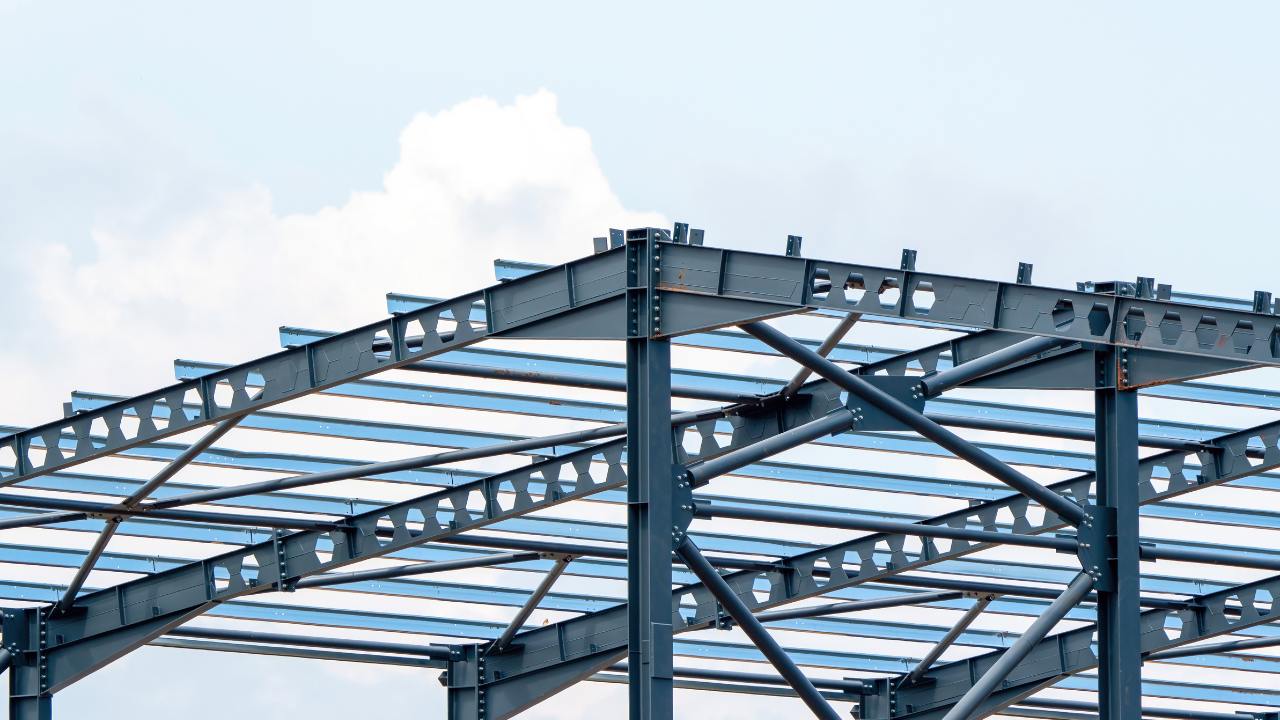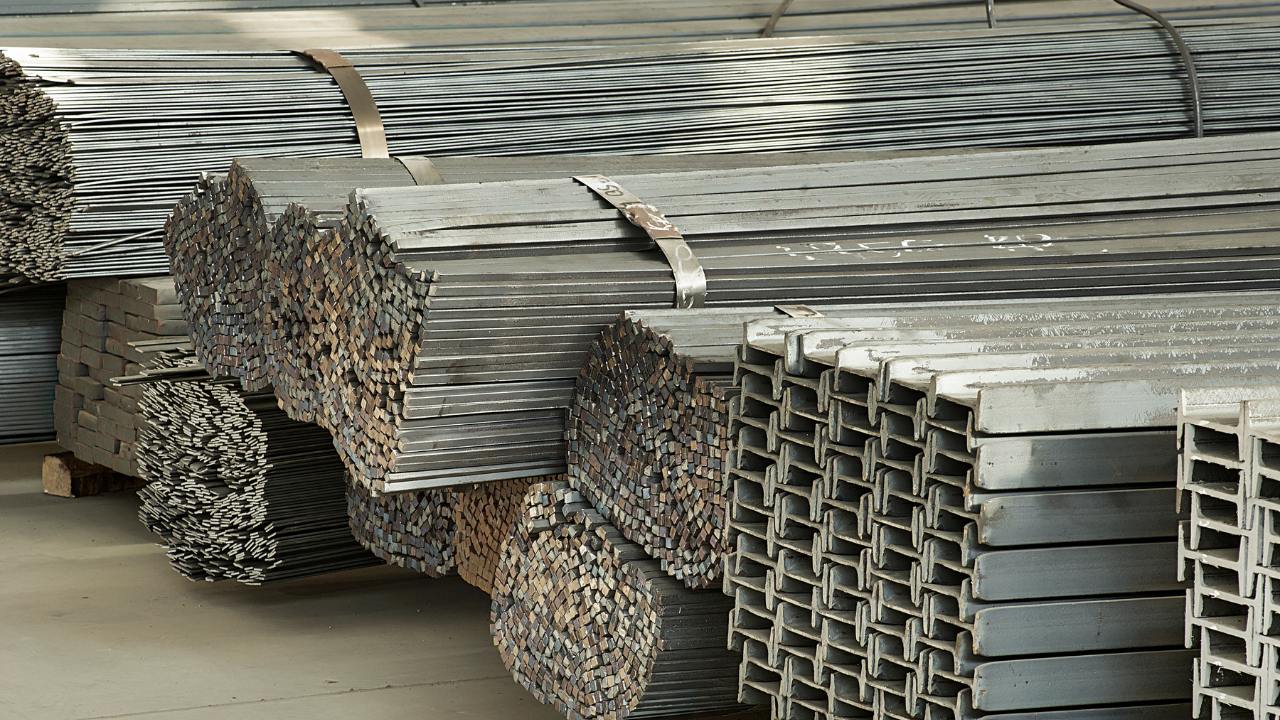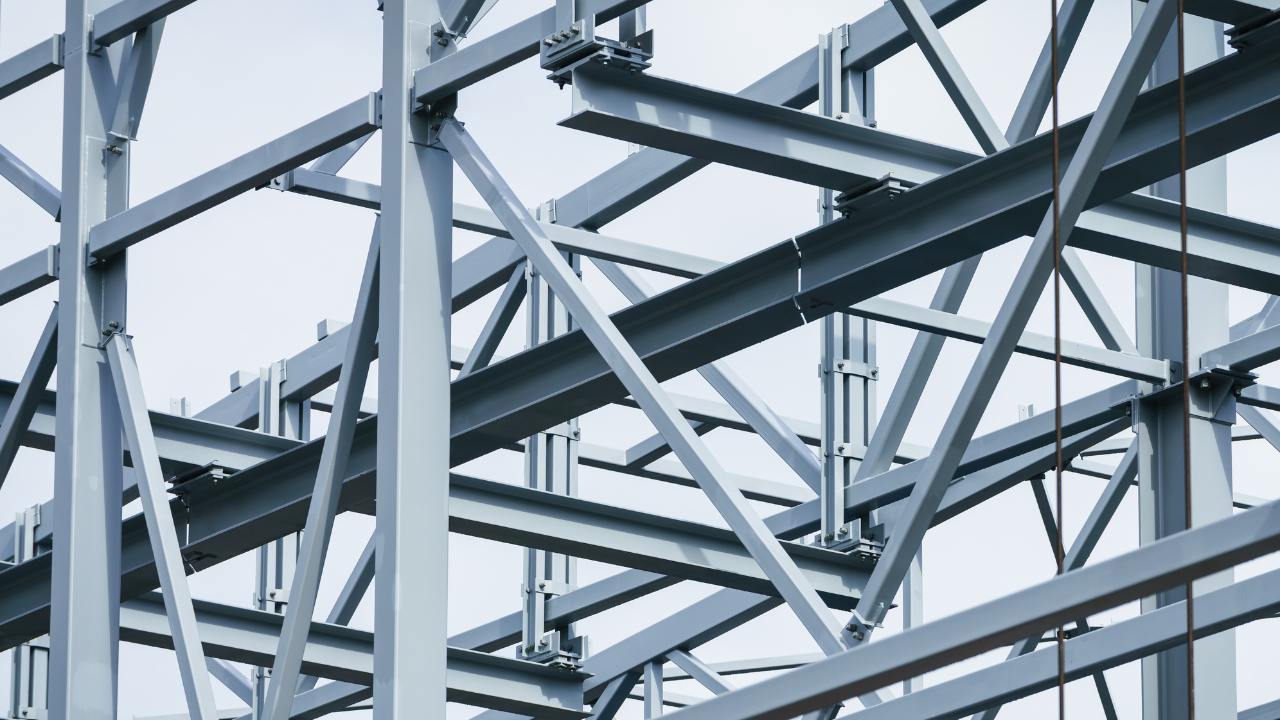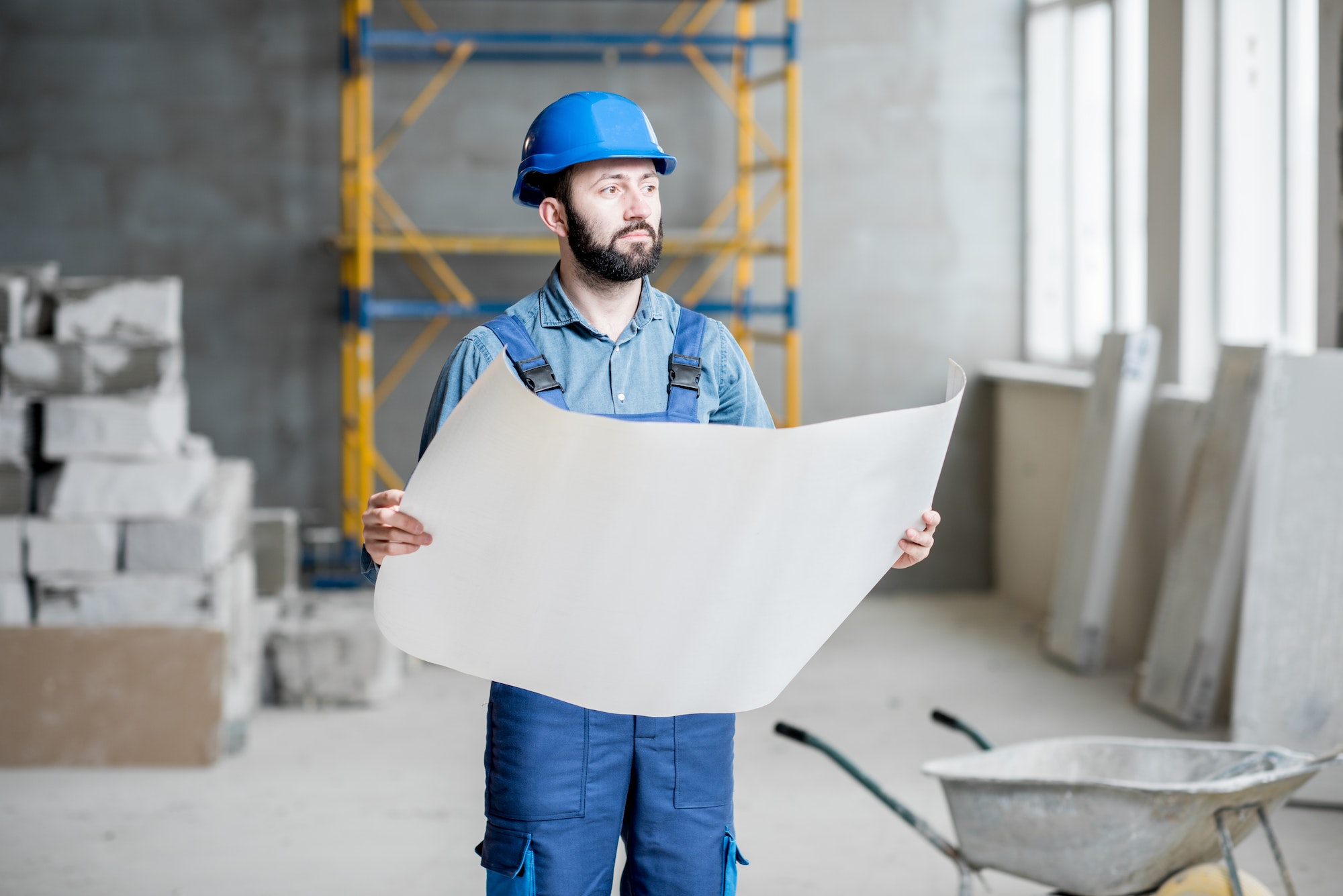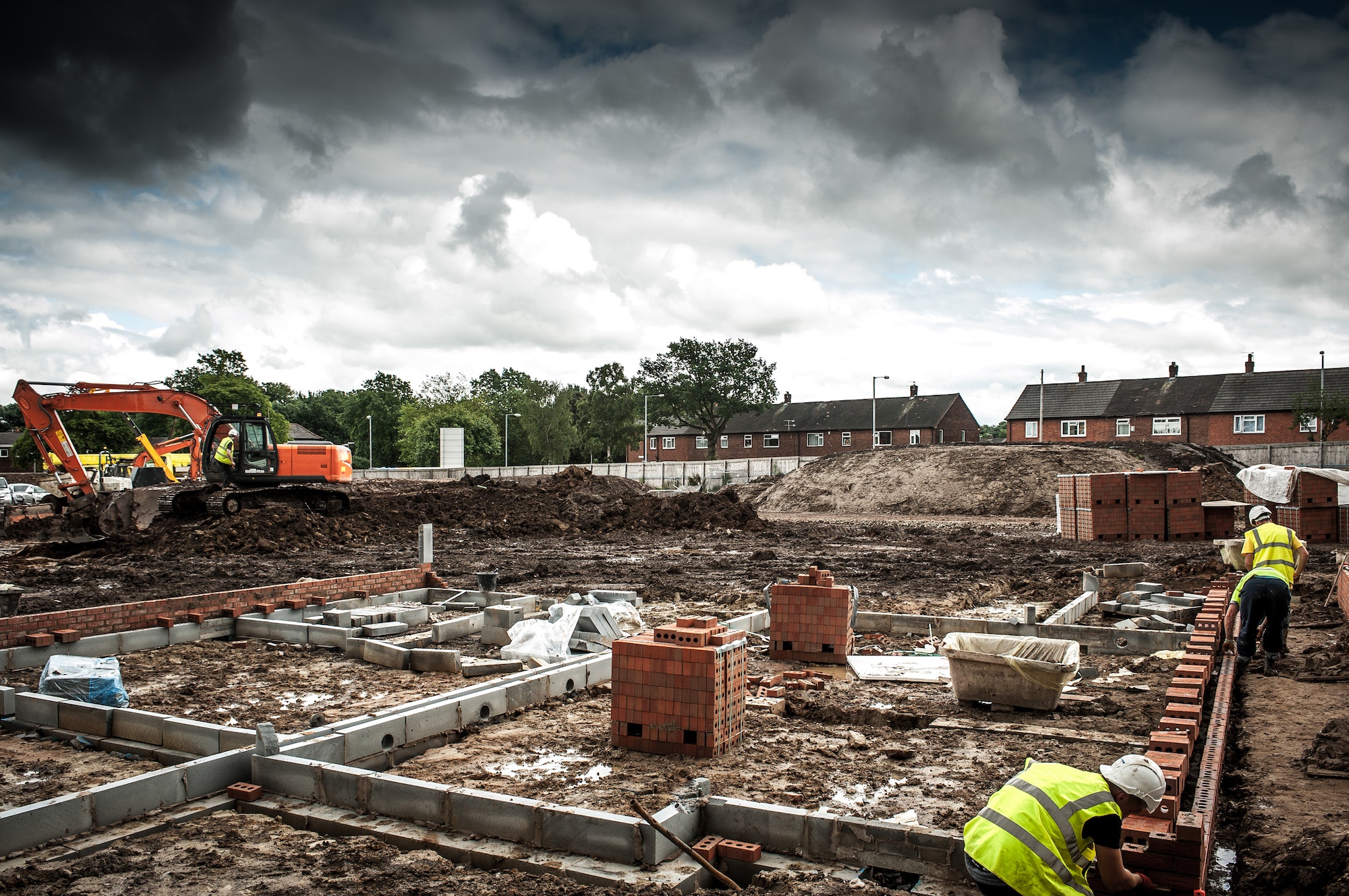Steel is a cornerstone of modern construction, prized for its strength, durability, and versatility. However, not all steel is created equal, and choosing the right type for your specific construction project can be a complex decision. This comprehensive guide will walk you through the key factors to consider when selecting steel, ensuring that your construction project is built on a solid foundation.
Understanding Steel Grades and Properties
Before diving into the selection process, it’s crucial to understand the basics of steel grades and properties.
Steel Grades
Steel grades are standardized classifications that indicate the steel’s chemical composition, physical properties, and mechanical properties. Common standards include:
- ASTM (American Society for Testing and Materials)
- EN (European Standard)
- JIS (Japanese Industrial Standard)
Key Properties to Consider
- Yield Strength: The stress at which steel begins to deform plastically
- Tensile Strength: The maximum stress that steel can withstand while being stretched before breaking
- Ductility: The ability of steel to deform under tension without fracturing
- Weldability: How easily the steel can be welded without losing its properties
- Corrosion Resistance: The steel’s ability to withstand degradation from environmental factors
Factors to Consider When Choosing Steel
1. Project Requirements
The first step in choosing the right steel is to clearly define your project requirements:
- Structural Load: What loads will the steel need to support?
- Environmental Conditions: Will the steel be exposed to corrosive elements, extreme temperatures, or other harsh conditions?
- Building Codes: What are the local building code requirements for steel construction?
- Project Lifespan: How long is the structure expected to last?
2. Type of Construction
Different types of construction projects may require different types of steel:
- Residential Buildings: Often use lighter gauge steel for framing
- Commercial Structures: May require heavier structural steel for larger spans and higher loads
- Bridges: Need high-strength steel to support heavy loads and withstand environmental stresses
- Industrial Facilities: May require steel with specific chemical resistance properties
3. Steel Categories
There are several categories of steel used in construction:
Carbon Steel
- Low Carbon Steel (Mild Steel): Easy to form and weld, used for general construction
- Medium Carbon Steel: Stronger than mild steel, used for load-bearing structures
- High Carbon Steel: Very strong but less ductile, used for specific high-strength applications
Alloy Steel
Contains additional elements to improve specific properties:
- High-Strength Low-Alloy (HSLA) Steel: Offers higher strength-to-weight ratio
- Stainless Steel: Excellent corrosion resistance, ideal for exposed structural elements
Weathering Steel
Designed to form a protective rust-like appearance over time, reducing maintenance needs
4. Specific Steel Grades
Some common steel grades used in construction include:
- A36: General-purpose structural steel
- A572 Grade 50: High-strength steel for bridges and buildings
- A992: Commonly used for wide flange shapes in building construction
- A588: Weathering steel for bridges and exposed structures
- 304 and 316: Common grades of stainless steel for corrosion-resistant applications
5. Fabrication and Erection Considerations
Consider how the steel will be fabricated and erected:
- Weldability: Some high-strength steels may require special welding procedures
- Bolted Connections: Ensure the steel grade is compatible with the specified bolting method
- Forming and Bending: If the steel needs to be shaped, consider grades with good formability
6. Cost Considerations
While it’s tempting to choose the cheapest option, consider the long-term costs:
- Initial Cost: Higher grade steels may cost more upfront but could reduce the amount of material needed
- Maintenance Costs: Corrosion-resistant steels may reduce long-term maintenance expenses
- Lifecycle Costs: Consider the total cost over the project’s lifespan, including potential replacements or repairs
7. Sustainability and Environmental Impact
As sustainability becomes increasingly important in construction, consider:
- Recycled Content: Many steel products contain recycled material
- Recyclability: Steel is 100% recyclable at the end of its life
- Energy Efficiency: Some high-strength steels allow for lighter structures, potentially reducing energy consumption in transportation and construction
Steps to Choose the Best Steel for Your Project
- Define Project Requirements: Clearly outline the structural, environmental, and code requirements of your project.
- Consult with Experts: Work with structural engineers and steel suppliers to identify suitable steel grades.
- Consider All Factors: Evaluate the steel options based on strength, durability, fabrication requirements, cost, and sustainability.
- Request Samples and Data Sheets: Obtain samples and technical data for the steel grades you’re considering.
- Perform Testing if Necessary: For critical applications, consider conducting tests to verify the steel’s properties.
- Review Case Studies: Look at similar projects and their steel choices for real-world performance data.
- Balance Performance and Cost: Choose a steel grade that meets your performance requirements while staying within budget.
- Plan for Procurement: Ensure the chosen steel grade is readily available in the quantities you need.
Common Mistakes to Avoid
- Overspecifying: Choosing a higher grade steel than necessary can lead to unnecessary costs.
- Underspecifying: Selecting steel that doesn’t meet the project requirements can compromise safety and durability.
- Ignoring Corrosion Resistance: Failing to account for environmental factors can lead to premature deterioration.
- Overlooking Fabrication Requirements: Choosing a steel grade that’s difficult to work with can increase fabrication costs and time.
- Focusing Solely on Initial Cost: Neglecting to consider long-term costs can lead to higher expenses over the project’s lifespan.
Conclusion
Choosing the best steel for your construction project is a critical decision that impacts the safety, durability, and cost-effectiveness of your structure. By carefully considering factors such as project requirements, environmental conditions, steel properties, fabrication needs, and long-term costs, you can make an informed decision that ensures the success of your construction project.
Remember that steel selection is often a balancing act between performance and cost. While it may be tempting to opt for the highest grade steel available, this isn’t always necessary or cost-effective. Conversely, choosing steel solely based on the lowest cost can lead to performance issues and higher long-term expenses.
Always consult with structural engineers and steel experts when making your final decision. Their expertise can provide valuable insights into the best steel choices for your specific project requirements. With careful consideration and expert guidance, you can select the ideal steel that will serve as the backbone of your construction project for years to come.
